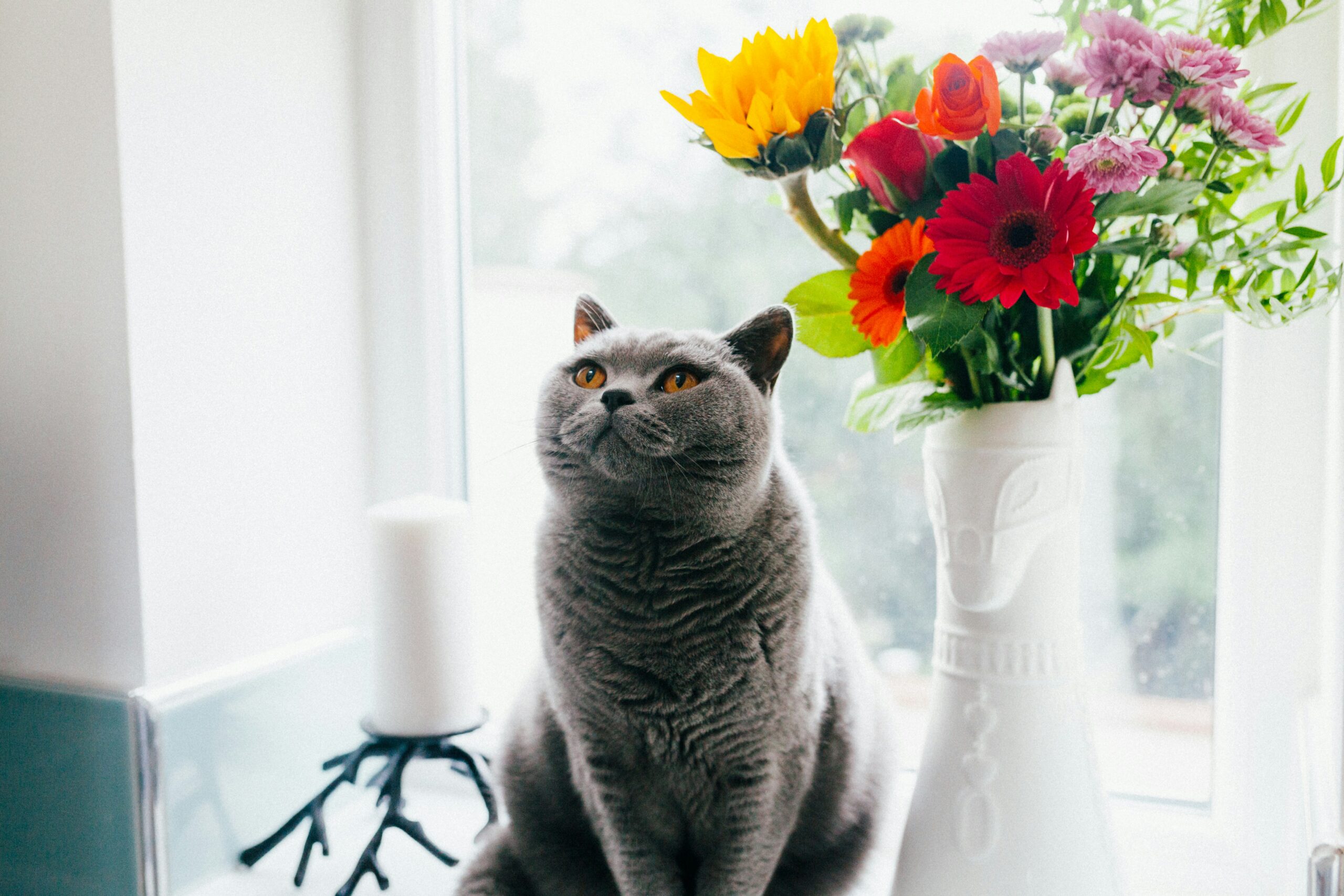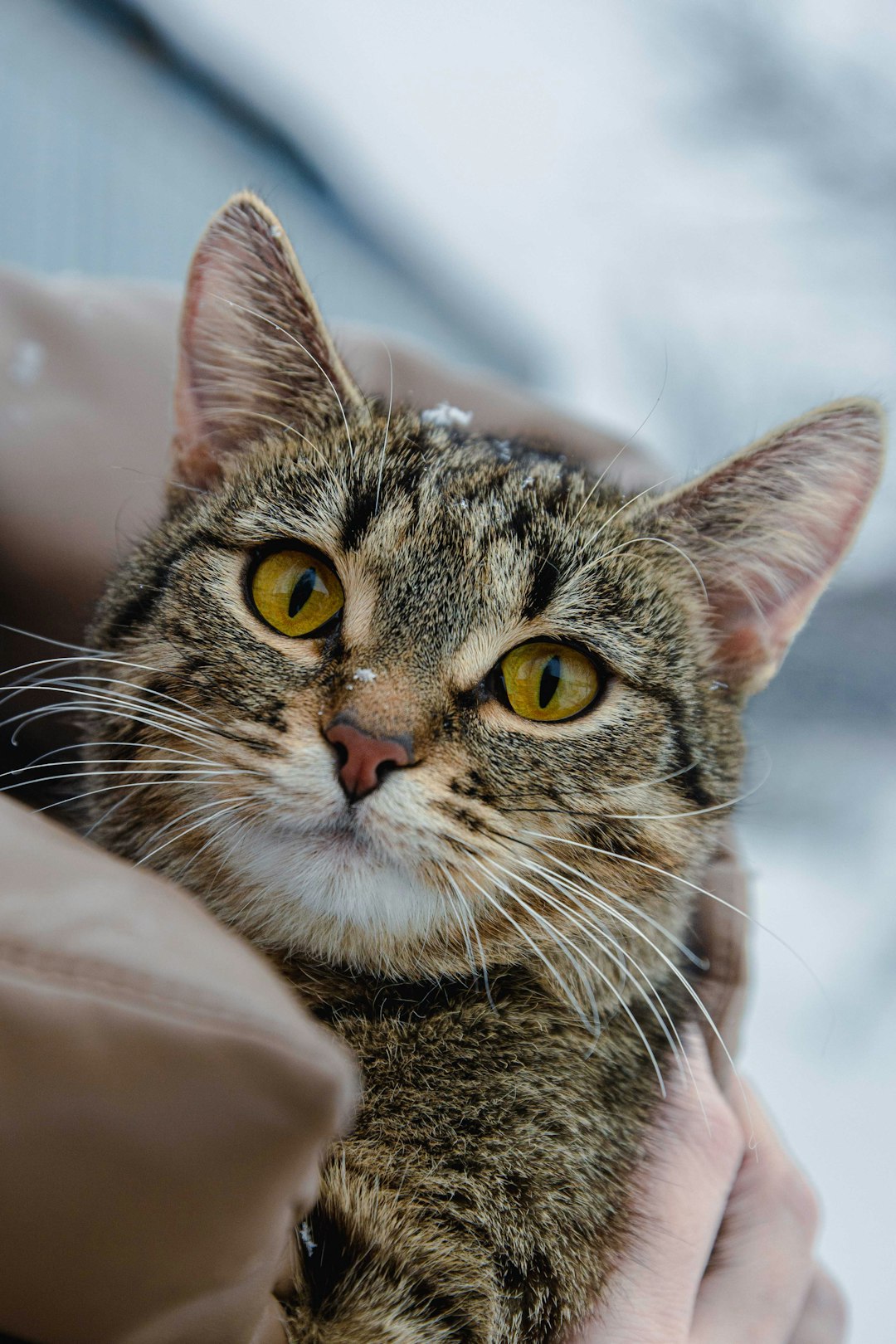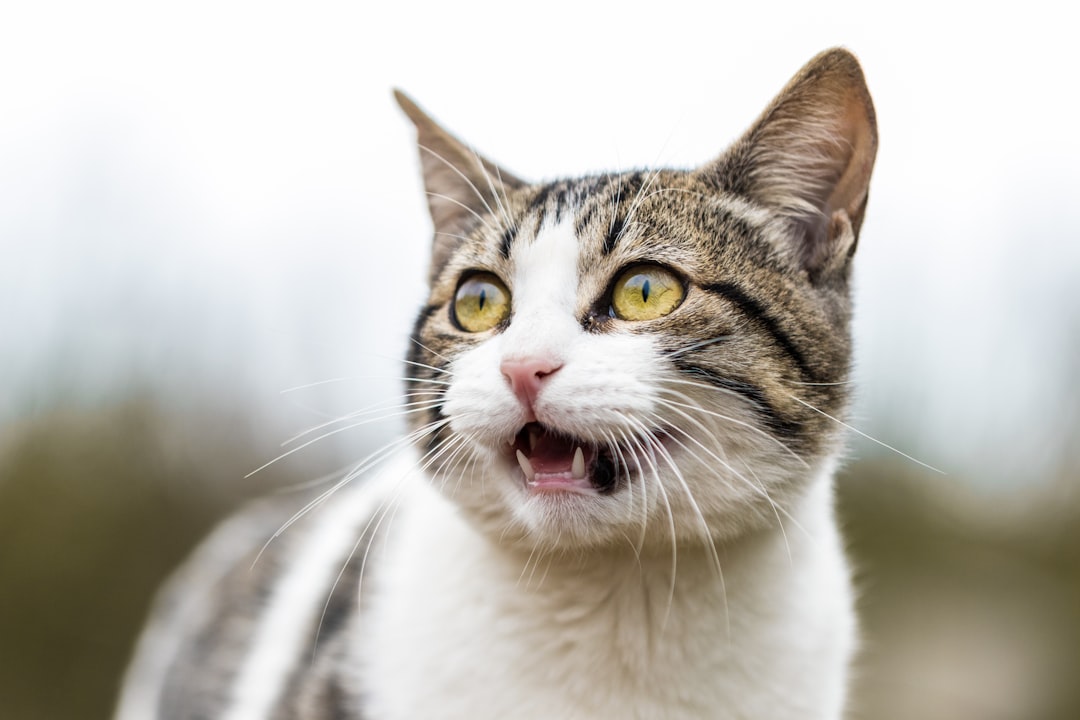Creating a playful environment for your feline friend not only enhances their quality of life but also promotes their physical and mental well-being. One innovative solution to achieve this is by installing a cat wall. A cat wall encourages exploration and playfulness while utilizing vertical space effectively. In this blog post, we will explore how to design and implement a cat wall that fosters a vibrant atmosphere for your cat, ensuring both safety and enjoyment in their playful abode.
Understanding the Concept of a Cat Wall
A cat wall is an innovative and creative way to provide your feline friends with an engaging space to play, climb, and explore. Essentially, it transforms an ordinary wall into a vertical playground for your cat.
Here are key aspects to understand about the concept of a cat wall:
Vertical Space Utilization: Cats love to climb and observe their surroundings. A cat wall maximizes vertical space in your home, allowing your cat to engage in natural behaviors.
Customization: You can create a unique design using a variety of materials tailored to your cat’s preferences. Think about incorporating different heights, widths, and structures.
Enrichment: A well-designed cat wall serves not just as a climbing space but also provides mental stimulation through various pathways and obstacles.
Aesthetics: A stylish cat wall can seamlessly blend into your home decor, offering both functionality and visual appeal.
Overall, understanding the concept of a cat wall opens up a world of possibilities, ensuring your cat enjoys an active and playful lifestyle.
Benefits of a Playful Environment for Cats
Creating a playful environment with a cat wall offers numerous advantages for your feline friends. Here are some key benefits:
Mental Stimulation: Playful environments keep cats mentally engaged, reducing boredom and stress. A cat wall provides varied heights and textures, encouraging exploration and curiosity.
Physical Exercise: Cats are natural climbers. A cat wall promotes physical activity, helping to maintain a healthy weight and prevent obesity. This can lead to a more active, energetic cat.
Behavioral Enhancement: Engaging playtime reduces unwanted behaviors, such as scratching or aggression. By providing a dedicated cat wall, you direct energy into play rather than destructive habits.
Stress Relief: A thoughtfully designed cat wall offers a safe space where cats can escape and observe their surroundings, aiding in anxiety reduction.
In summary, a playful environment with a cat wall not only nurtures your cat’s instincts but also fosters a happier and healthier lifestyle. Invest in this playful solution to enrich your cat’s daily life!
Choosing the Right Location for Your Cat Wall
Selecting the optimal location for your cat wall is crucial for your feline friend’s enjoyment and overall experience. Here are some key considerations to keep in mind:
Visibility: Place the cat wall in a space where your cat has a clear view of their surroundings. Cats love to observe their territory, and a wall near windows or entryways offers them ideal vantage points.
Access: Ensure easy access to the cat wall. You can integrate a ramp or add shelves leading up to it so your cat can climb with confidence.
Away from Clutter: Choose a location that is free from clutter and distractions. This helps your cat feel secure while exploring their new playground.
Natural Light: Position the cat wall in an area where natural light beams in. Cats adore sunbathing, and the warmth enhances their joyful playtime.
Safety Concerns: Finally, avoid placing the cat wall near precarious items that might fall or pose a hazard.
By thoughtfully considering these factors, you can create a delightful and interactive environment that encourages exploration and fun for your beloved feline.
Types of Materials Suitable for Cat Walls
When designing a cat wall, the choice of materials plays a crucial role in ensuring safety, durability, and aesthetic appeal. Here are some suitable options to consider:
Plywood:
- Sturdy and easy to work with.
- Allows for customization in size and shape.
MDF (Medium-Density Fiberboard):
- Smooth surface perfect for painting or finishing.
- Cost-effective and lightweight.
Carpeted Panels:
- Provides traction for climbing cats.
- Soft underfoot reduces the risk of slipping.
Natural Wood:
- Attractive and eco-friendly.
- Offers a rustic look that blends with home decor.
Artificial Turf:
- Replicates the feel of grass for outdoor adventures indoors.
- Easy to clean and maintain.
Comparison Table
| Material | Durability | Aesthetic Appeal | Cost |
|---|---|---|---|
| Plywood | High | Medium | $$ |
| MDF | Medium | High | $ |
| Carpeted Panels | Medium | Medium | $$ |
| Natural Wood | High | High | $$$ |
| Artificial Turf | Medium | Medium | $$ |
Selecting the right material for your cat wall not only enhances your cat’s experience but also ensures a safe and lasting installation.
Designing Interactive Spaces for Your Cat
Creating a cat wall involves more than just installing shelves; it’s about designing an interactive environment that engages your feline friend. Here are some effective strategies to enrich your cat’s climbing experience:
- Vertical Adventures: Incorporate various levels with multiple shelves. Cats love to perch high, so provide platforms at varying heights.
- Connect the Dots: Use bridges or tunnels to connect different areas on the cat wall. This encourages exploration and movement between spaces.
- Playful Additions: Attach hanging toys or feather chasers on the wall. These interactive elements stimulate your cat’s hunting instincts.
- Shelving Variation: Incorporate shelves of different sizes and widths. A combination of small ledges and larger platforms can create interesting pathways.
- Safe Zones: Include cozy nooks or enclosed spaces where your cat can retreat and feel secure.
By thoughtfully designing these interactive spaces, you encourage your cat to explore and enjoy their cat wall, turning it into a dynamic playground that promotes health and well-being.
Incorporating Shelves and Climbing Structures
When it comes to designing an engaging cat wall, incorporating shelves and climbing structures is essential. These elements not only maximize vertical space but also promote the natural instinct of cats to climb and explore. Here are some effective ways to incorporate them:
Shelves: Install sturdy shelves at varying heights to create a multi-level playground. Consider using:
- Wooden platforms: Durable and can hold ample weight.
- Fabric-lined shelves: These offer a cozy resting spot for your cat.
Climbing Areas: Use wall-mounted ladders or ramps that connect different shelves, ensuring your cat has an adventurous route to explore.
Perches: Add narrow, wide perch zones for relaxation or observing their territory.
Safety Considerations: Ensure that all climbing structures are securely anchored to prevent any accidents.
By thoughtfully integrating these features into your cat wall, you’ll provide your feline friend with a stimulating environment that encourages activity and exploration. Cats will love leaping between shelves, climbing up, and enjoying a panoramic view of their domain!
Adding Cat-Friendly Accessories
Enhancing your cat wall with accessories transforms it into a stimulating playground. Consider incorporating the following elements to promote engagement and comfort:
- Scratching Posts: Install vertical scratching posts to allow your cat to scratch and climb, satisfying their natural instincts.
- Hanging Toys: Attach dangling feather toys or balls for instant entertainment. These encourage your cat to leap and swat, keeping them active.
- Cat Beds: Add secure, cushioned spots for napping. Look for soft, washable beds that fit snugly on shelves.
- Cat Perches: Incorporate small perches for your feline to survey their territory. Elevated spots provide a sense of security and satisfaction.
- Interactive Feeders: Use puzzle feeders on the cat wall to stimulate their minds during snack time, promoting cognitive development.
By thoughtfully adding these accessories to your cat wall, you create an engaging environment that caters to your cat’s instincts, ensuring they remain active and entertained. Remember, a well-designed cat wall becomes both a playground and a sanctuary for your furry companion!
Ensuring Safety and Stability of the Wall
Creating a playful environment with a cat wall is exciting, but ensuring safety and stability is crucial. Follow these guidelines to keep your feline friends secure while they explore:
Wall Materials: Use sturdy materials like plywood or solid wood for the cat wall. Avoid flimsy options that can easily break or bow under weight.
Secure Installations: Ensure all shelves and climbing structures attach firmly to the wall with appropriate hardware. Use brackets and screws rather than nails for better stability.
Weight Limits: Be mindful of the weight capacity for each section of the cat wall. For example:
Material Maximum Weight Capacity Plywood Up to 50 lbs Solid Wood Up to 70 lbs Particle Board Up to 30 lbs Regular Checks: Inspect the cat wall frequently. Look for any signs of wear, loose screws, or structural weaknesses that may compromise stability.
Safety Features: Consider adding safety rails or lip edges on shelves to prevent your cats from slipping off.
By prioritizing these safety and stability measures, you can create a fun and secure cat wall that encourages adventurous play while keeping your furry companions safe.
Tips for Encouraging Cat Exploration
Creating a cat wall can provide endless fun, but it’s essential to encourage your feline friend to explore this new space. Here are some effective tips to pique their curiosity:
- Start Slow: Introduce your cat to the cat wall gradually. Allow them to sniff and investigate it without pressure.
- Use Treats: Place treats or favorite toys at different levels of the cat wall. This rewards them for climbing and exploring.
- Create Pathways: Design a variety of routes on your cat wall. Cats enjoy having options; a maze-like structure can spark their interest.
- Incorporate Heights: Cats are natural climbers, so ensure your cat wall has various heights to encourage jumping and climbing.
- Rotate Accessories: Swap out toys or accessories on the wall regularly. Keeping the environment fresh can motivate your cat to engage more.
By implementing these tips, you’ll cultivate an inviting atmosphere that encourages exploration and play, ultimately enhancing your cat’s overall wellbeing. A thoughtfully designed cat wall can lead to a happier, healthier, and more active cat!
Maintaining and Updating Your Cat Wall Setup
A well-maintained cat wall can provide endless entertainment for your feline friend. Regular upkeep ensures both safety and enjoyment. Here are some essential tips for maintaining and updating your cat wall:
- Inspect Regularly: Check for any wear and tear. Look for loose shelves or climbing structures.
- Clean Surfaces: Dust and debris can accumulate. Use a damp cloth to wipe down the cat wall and attached accessories.
- Replace Damaged Items: If any part of the cat wall shows signs of damage, replace it immediately to prevent injuries.
- Rearrange Layout: Cats enjoy variety! Change the configuration of shelves and climbing structures to encourage exploration.
- Add New Accessories: Introduce new toys, scratching posts, or cozy spots for your cat to lounge. This reinvigorates the space and maintains their interest.
By following these tips, you can ensure that your cat wall remains a vibrant and safe playground for your pet. Remember, a happy cat is an engaged cat!



